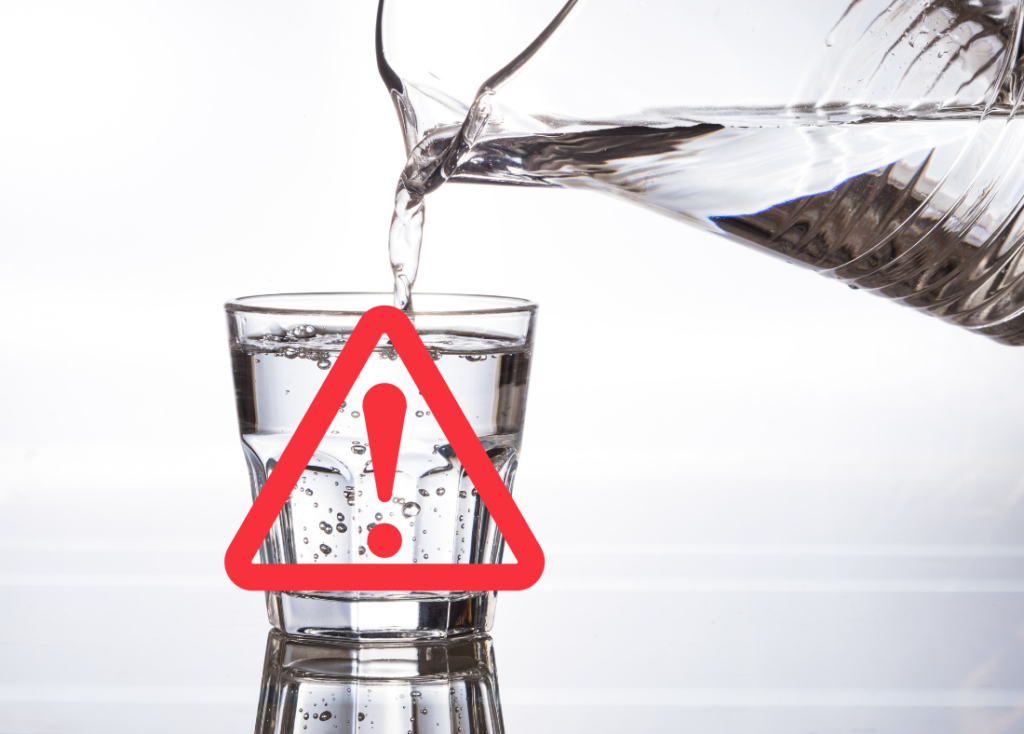By Marilyn Bruno, Climate Writer

One of the saddest realities of our lifetime is the contamination of our drinking water by the manufacturers of PFAS – per- and poly-fluoroalkyl substances – a class of about 12,000 chemicals used for the past 50 years in consumer and industrial products that we use every day: non-stick pans, plastic packaging, waterproof apparel and furnishings, fire retardants, etc. PFAS are linked to cancer, liver disease, kidney stress, and other serious health problems.
PFAS are particularly dangerous because they do not degrade in our bodies or in the environment for centuries. Yes, centuries. This is why they are called “forever chemicals” and are reportedly found in every human being on Earth today – including babies in the most remote arctic and jungle areas where they don’t use non-stick pans.
Where are people in remote areas getting the PFAS? The answer is from the air, from water in the streams, rivers, lakes, seas and underground aquifers that circulate our globe, and from eating plants and animals using this air and water.
It continues all the way up the food chain. The impact of PFAS on animals is already being measured. Unlike pollutants such as PCBs or DDT, which primarily accumulate within fatty tissue, or mercury, which primarily accumulates in proteins and muscle tissue, PFAS concentrations are highest in the liver, blood, and kidneys. Since wildlife eat most parts of their prey, organisms higher up the aquatic food web can accumulate greater PFAS concentrations than humans.
In January 2023, the U.S. EPA warned U.S. consumers against eating fish from any U.S. stream, river or lake because their official analyses show that they are contaminated with PFAS at levels almost 300 times higher than found in fish from oceans and farmed fish. In Maine, the EPA warns against eating organic produce because the organic farmers had used waste sludge from wastewater plants as “natural” fertilizer and contaminated their own soils, groundwater and produce – forever.
How do you destroy PFAS chemicals? Nobody has done so yet without further polluting air and water. Are you at risk? Yes. Click on this interactive map to see the level of PFAS contamination in the water where you live and vacation. How do you keep PFAS out of your home? By buying the most effective water and air filtration systems that you can afford, eliminating non-stick pans and plastic food containers, replacing stain-resistant and fire-retardant textiles and flooring, etc. PFAs are also found in foods, sports clothes, make-up and other personal hygiene products. Some tips for avoiding PFAS are available in this article.
How do you filter out PFAS from aquifers, groundwater and wells? By creating multi-phase filtration systems to capture the PFAS from contaminated water as it flows through the filters. Until they are clogged with bacterial biofouling, the filters capture the PFAS, which have to be removed and treated like nuclear waste: stored in impermeable containers and buried in landfills until somebody figures out how to destroy them safely.
